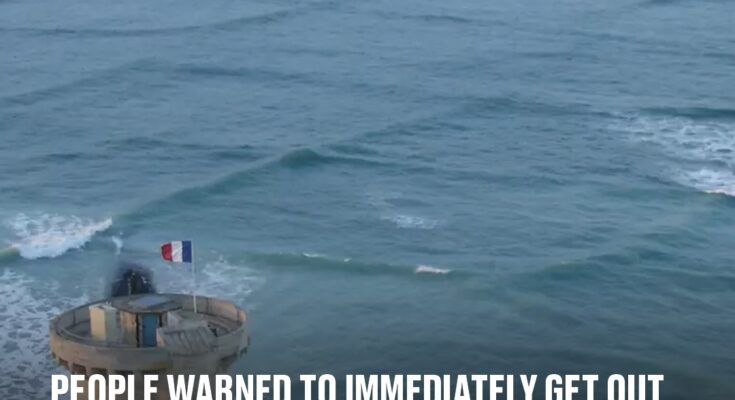 You might have been taught to make a swift exit from the ocean if you spot a sinister-looking sea creature, but what about when you see square waves?
You might have been taught to make a swift exit from the ocean if you spot a sinister-looking sea creature, but what about when you see square waves?Although the majority of us are well versed in the basics of staying safe in the water, not a lot of people are aware of the dangers of this bizarre weather phenomenon.
Square waves might be a sight to behold, but they can also be deadly if you find yourself caught up in them.
Although most of us imagine ocean waves calmly rolling into shore in straight lines, they can present themselves in much more unpredictable forms too.
Even the most experienced swimmers could end up in peril if they stay in the water in certain conditions – but you seriously need to skedaddle if you see a chessboard-like pattern on the water.
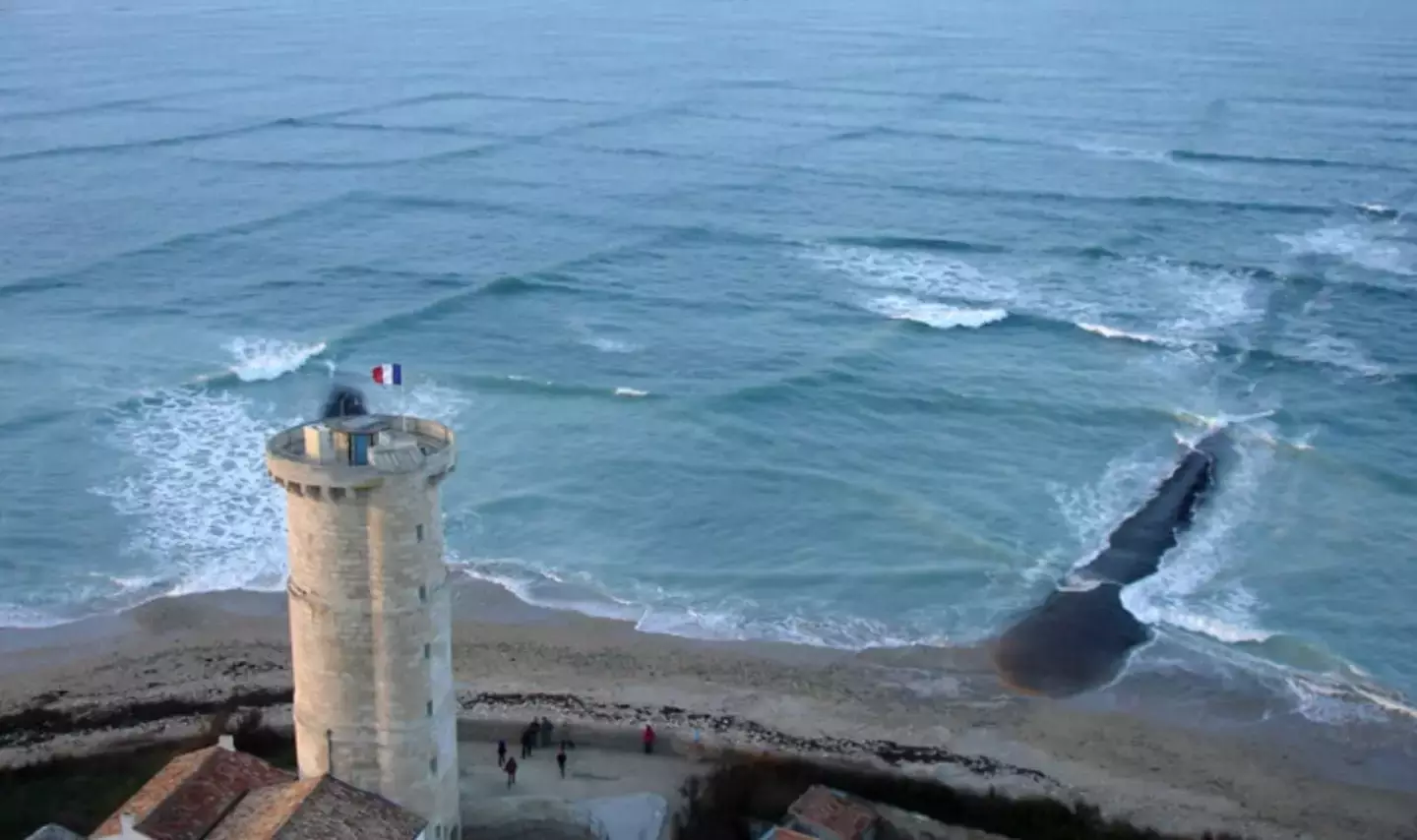
Square waves can easily overpower swimmers who get caught up in them (Wikipedia/Michel Griffon)
Oceanographers explain that when two particularly strong weather patterns and opposing swells collide, they can force waves to form at different angles, creating the ‘square’ design.
It might be interesting to look at, but you need to head for dry land ASAP if you spot this happening while you are having a dip in the sea.
These dangerous waves can form within a matter of minutes and reach heights of up to 10ft, but can disappear just as fast as they rock up.
According to Surfer Today, this ocean phenomenon is typically associated with strong and localised rip tides, which is a strong offshore current that is caused when the tide pulls water along the beach.
These can easily overpower swimmers and you could be dragged off by the waves and below the surface if you’re paddling in a section of square waves.
They can even get the better of boats.
Square waves caused a huge percentage of shipwrecks between 1995 and 1999, the European Space Agency (ESA) said.
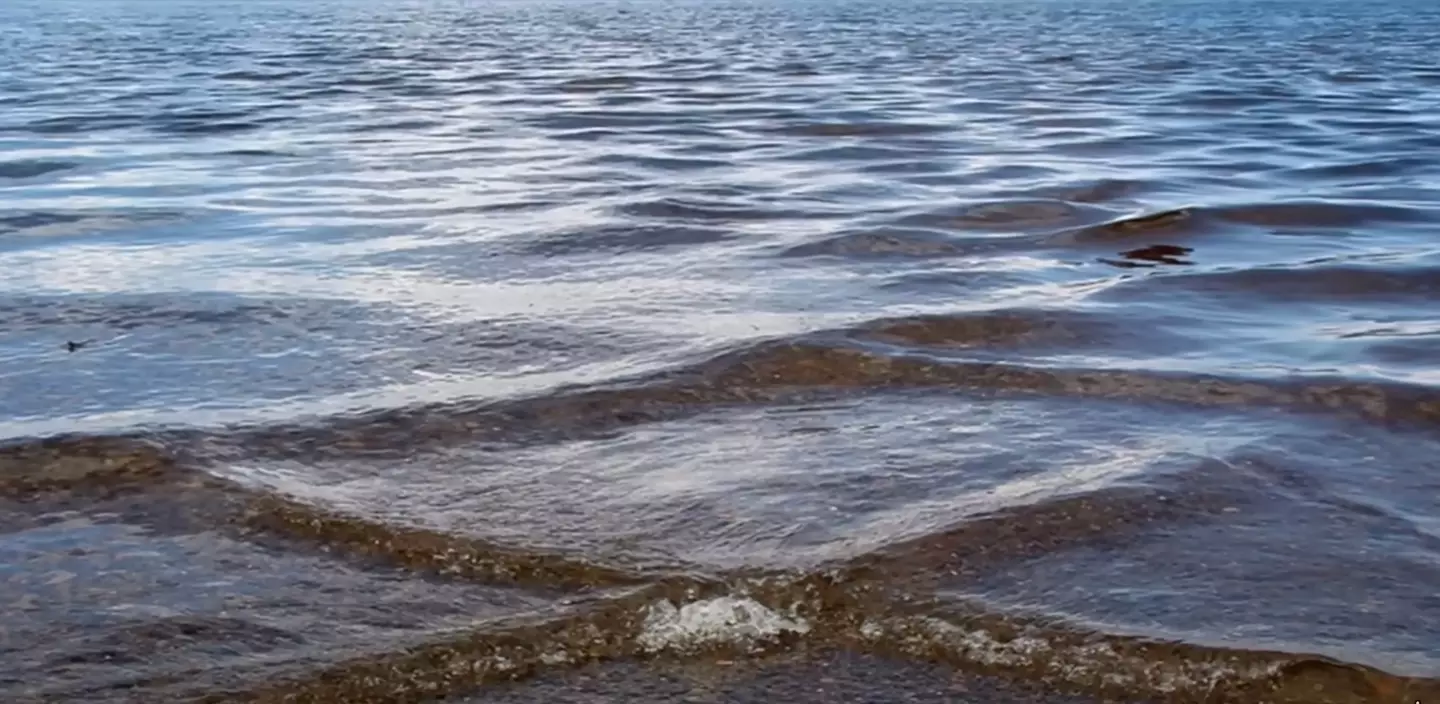
Experts urged people to immediately exit the water if they spot the chessboard-like pattern forming (YouTube/Facts Verse)
These cross swells are really, really difficult to swim out of – so if you want to avoid getting sucked into a riptide, you need to evacuate the ocean immediately as soon as you spot them.
But if you do find yourself in this situation, experts have some advice which could save your life.
Mathew Giachetti, of the United States Lifesaving Association (USLA), previously told Islands.com: “If caught in a square wave, the most important thing to do is get out of the water immediately, as they are extremely dangerous.
“Stay calm, try to float on your back, and swim parallel to the shore to escape the wave’s force. Then carefully make your way back to land as soon as possible; if you can’t reach the shore quickly, signal for help.”
Square waves often occur along coastal areas, such as the French island of Île de Ré, and thousands of tourists flock there to see the phenomenon with their own eyes.
They’ve also been known to turn up in the South Pacific and the Atlantic Ocean as well as other spots, so keep an eye out for them no matter where you are in the world.

The ocean has long been a source of fascination and fear, and one viral video has once again proven why the vast, dark waters can be utterly terrifying.
A YouTube short, originally shared by a user documenting their experiences working on an oil rig, has captured the haunting reality of the ocean at night – and it’s sending chills down viewers’ spines.
The short, which has racked up thousands of views, begins with a serene shot of the ocean before showing what it would look like just a few hours later.
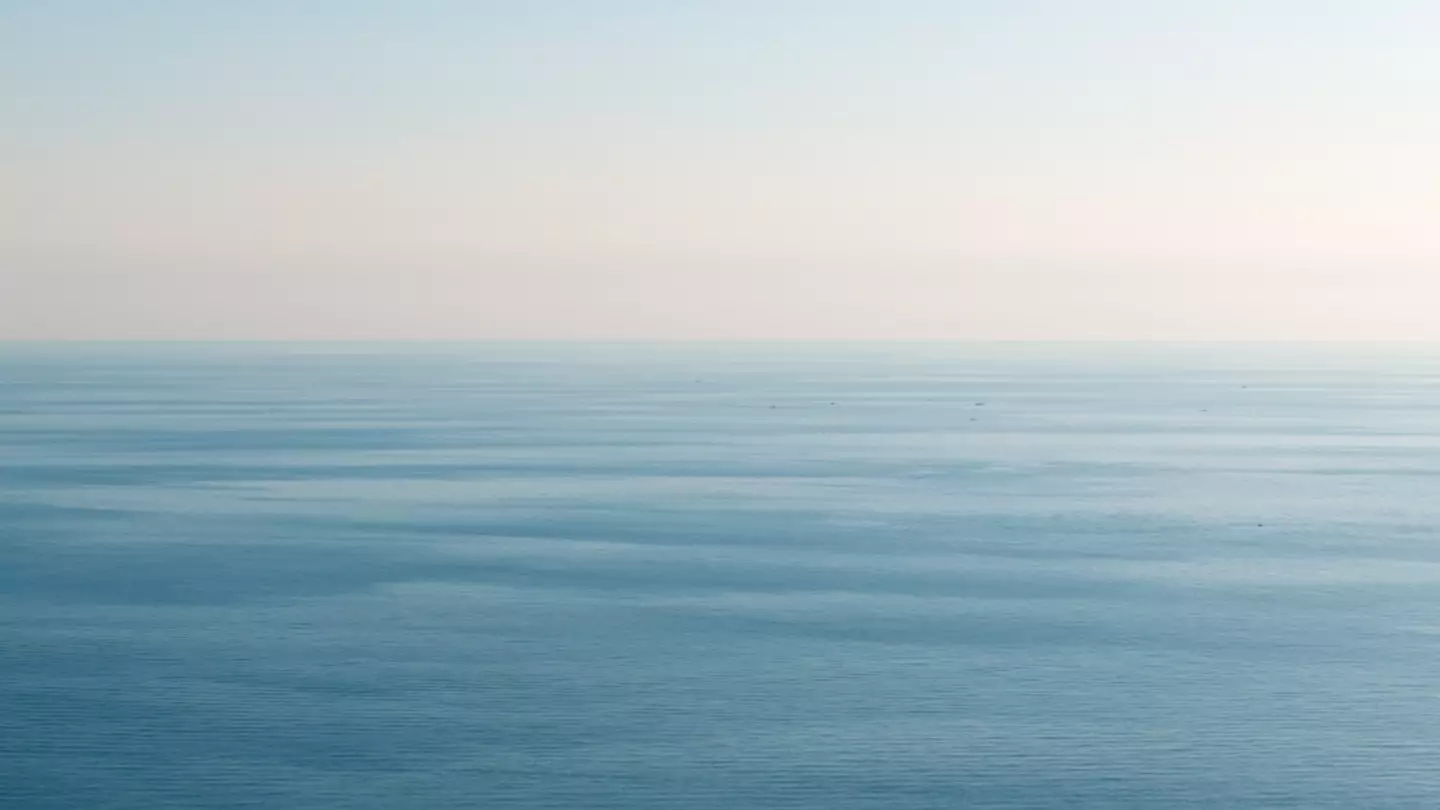
Ever wondered what this looks like in the dead of night? (Getty Stock Images)
The rig worker then pans the camera to reveal an endless expanse of nothing but pitch-black water.
To make things even more eerie, he then throws an orange into the vast openness, for it to simply disappear out of sight into the void.
For many viewers, this simple yet profound clip has struck a nerve. One commenter described it as ‘the stuff of nightmares’, while another confessed: “I didn’t think I was scared of the ocean until now.”
Many noted how the video taps into a primal fear of the unknown, with the inky darkness hiding whatever might be lurking beneath the surface.
“This is why I don’t go on cruises. The ocean is terrifying at night,” one user commented.

It’s a no from me… (YouTube/Dying Voice Dude)
“Imagine falling overboard in that darkness… gives me chills,” said another.
While the ocean’s vastness is intimidating enough during the day, the absence of light transforms it into something truly otherworldly.
Marine biologists have long noted that the ocean’s midnight zone—the layer of water below 1,000 meters where sunlight cannot penetrate—is home to some of the planet’s most mysterious and alien creatures.
For humans, however, the thought of being surrounded by such an environment is enough to trigger a visceral sense of dread.
The video also highlights a reality that many people don’t consider: Those who work at sea must regularly confront this darkness.
The viral video has sparked broader discussions about humanity’s relationship with the ocean.
While it covers 71% of the Earth’s surface, much of it remains unexplored and mysterious, fuelling both curiosity and fear.
And for those who find themselves captivated by the video’s haunting imagery, it serves as a reminder of just how small we are in the face of nature’s immensity.
So, next time you’re on a cruise or near the sea, take a moment to gaze out into the darkness. But be warned: you might not like what your imagination conjures up.
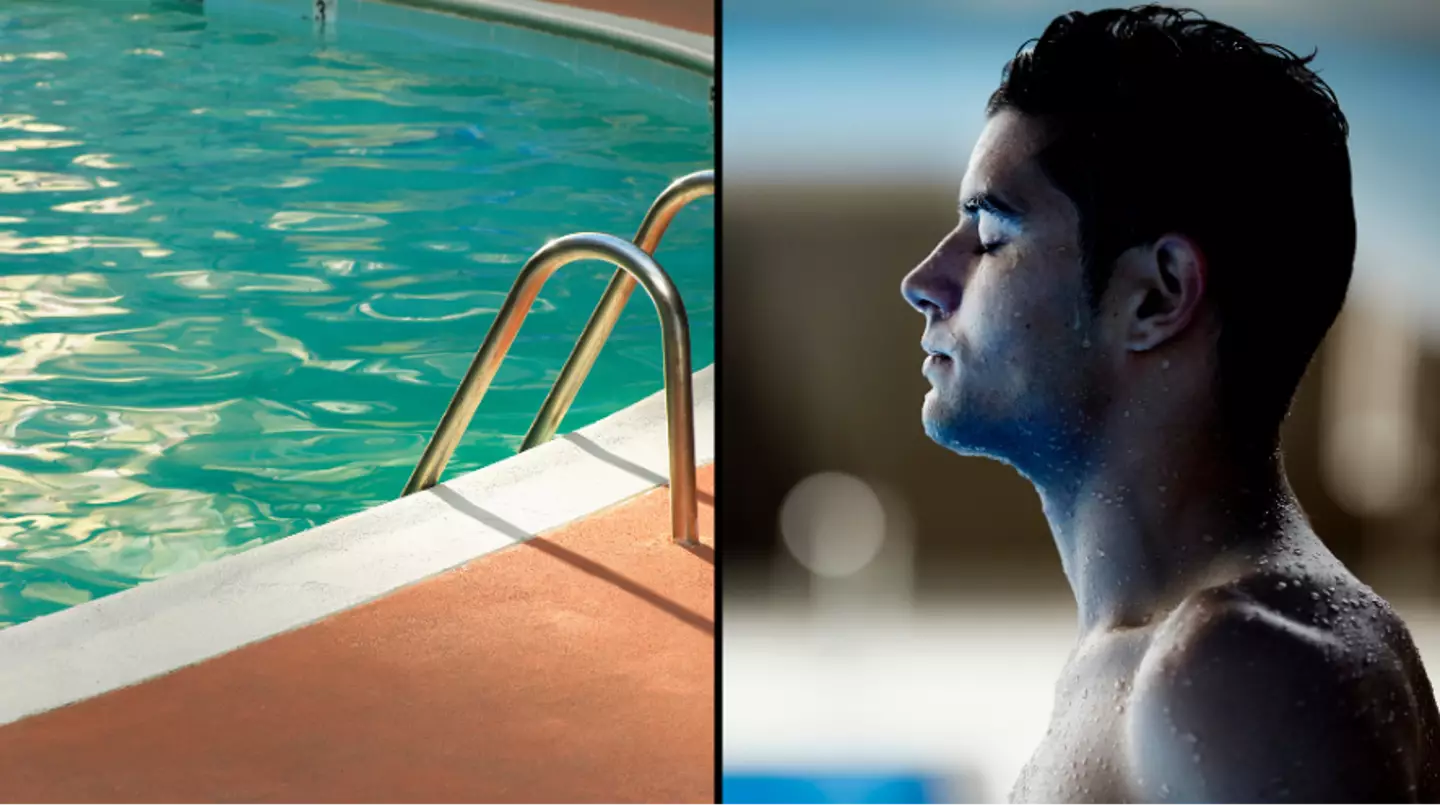
The reason why you should get out of a pool if you smell strong ‘chlorine’ has been revealed, and you might want to hear this one out.
I know what you’re thinking, ‘but don’t all swimming pools smell like chlorine?’
All those times you were splashing around in a pool on holiday, or doing laps for fitness purposes, the smell of chlorine might have stood out.
It is a very distinct smell, and it is usually very easy to tell if someone has just gone for a swim just from the scent alone.
Chlorine is usually added to swimming pools to help eliminate bacteria by forming a weak acid called hypochlorous acid.
It targets harmful bacteria such as E. coli and salmonella and others that can cause viruses like swimmer’s ear and even diarrhoea.
But here’s the revelation: Chlorine in pools actually results in no odour, which is the ideal, healthy swimming condition.
So then, that begs the question, what is that smell that always takes your nose over at swimming pools?
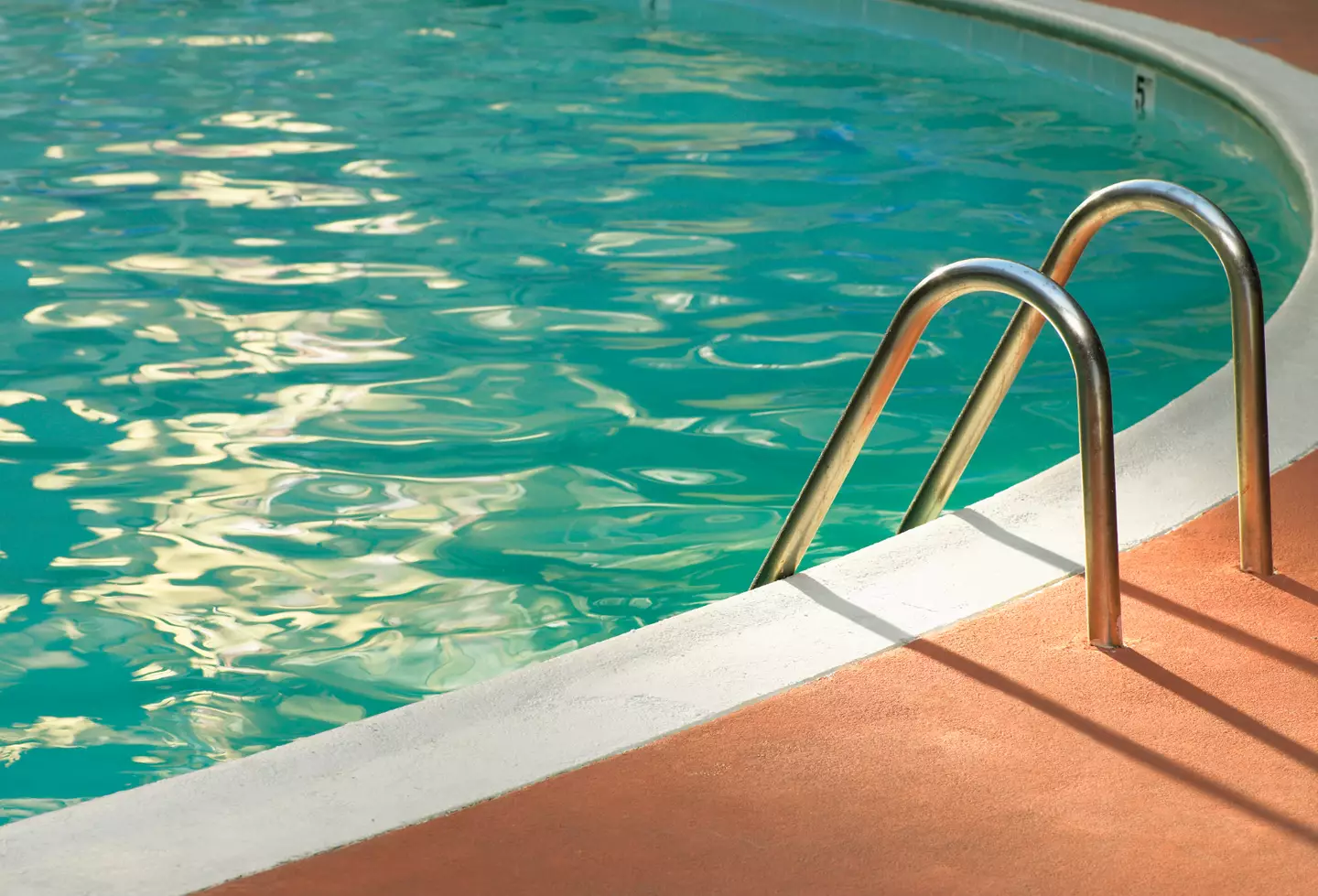
Getty Stock Photo
It turns out that this is not chlorine, but instead it is something called ‘chloramines’.
Chlorinated water can have a slight odour if it is an indoor pool with poor ventilation, but chloramine will always have a scent regardless.
They are produced when chlorine reacts with ammonia from sweat, body oils and, wait for it, the urine of pool users.
Yuck.
The more a pool smells, the less chlorine there is, acting as a tell-tale sign to add more chlorine to disinfect the now pee-infected pool.
According to the Water Quality & Health Council explains: “It is good advice, to stay out of the water when a strong chemical smell pervades the air around any type of pool, indoor or outdoor.
“It is true that the more urine there is to combine with chlorine, the higher the level of unwanted, smelly chloramines in the pool.”
The Council have also revealed that if chlorine is combined with contaminants like urine, then it loses its ability to destroy bacteria in the pool.
So not only will you be swimming around in urine, you may go home with diarrhoea or an ear infection. Lovely.

Getty Stock Photo
Now I know what you may be curious about: How much sweat, pee and oil makes its way into swimming pools?
Oil and sweat is harder to measure, so a team of chemists from the University of Alberta tackled the big one: Urine.
Through measuring artificial sweeteners that are in your pee, the team estimate that in a standard 832,700 litre pool, about 75.7 litres of it is pee.
So that’s why your local pool might reek of ‘chlorine’.
I guess the lesson here is maybe don’t pee in the pool, get out and use the toilet like a normal, functioning member of society.
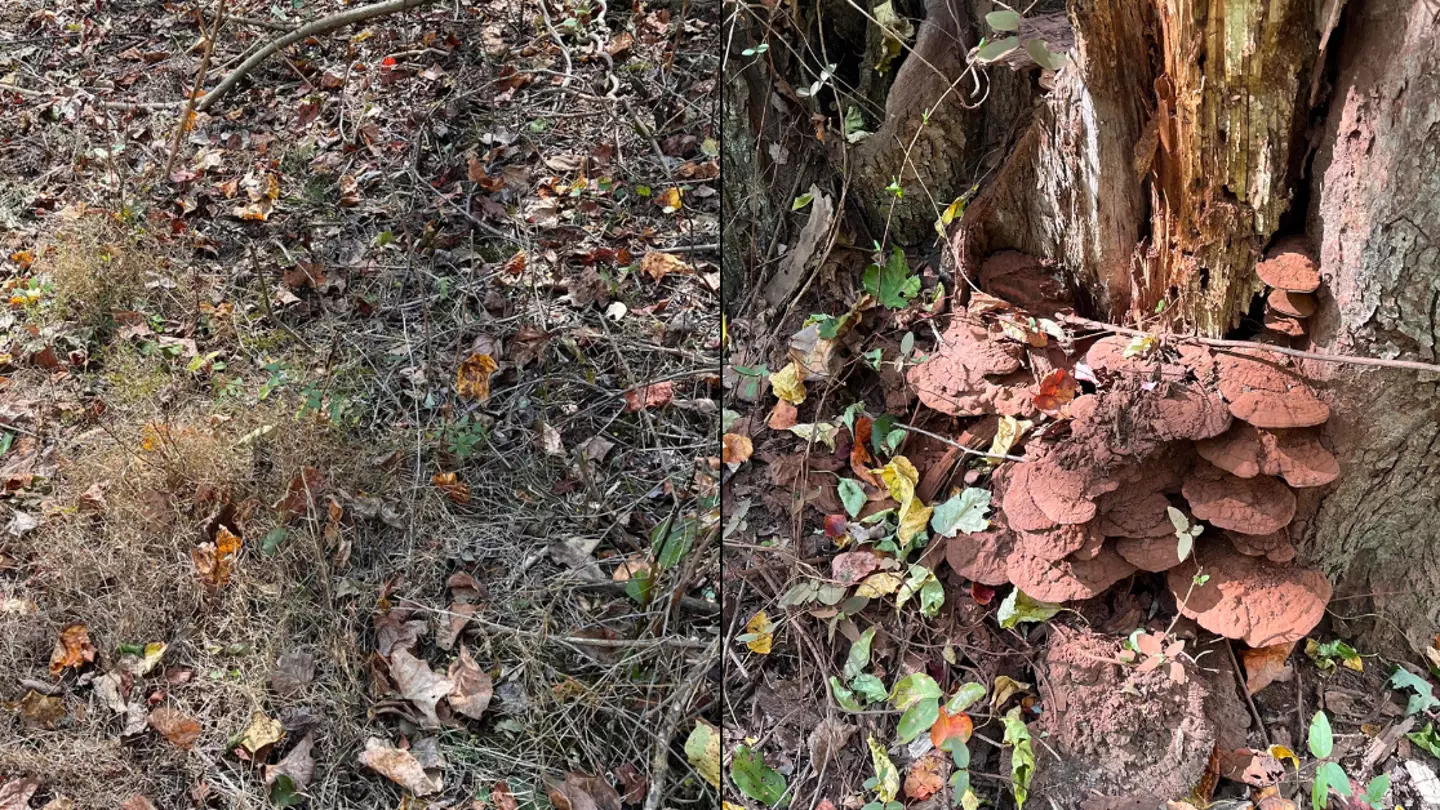
The internet has come up with another puzzling challenge to test if you have the eyesight and target identification necessary to spot certain dangers.
The good folks of the Reddit group r/FindtheSniper have posted two pictures of nature with sneaky serpents hidden somewhere within and if you can actually spot them, then well done you.
I’ll be honest with you dear reader, I do not possess the ‘eyes of a sniper’ so much as the eyes of someone who wears contact lenses and I was hopeless at spotting the snakes here.
If these little serpents were venomous and in any way aggressive, I’d have been absolutely screwed.
On the plus side, I don’t spend much of my time poking through potentially serpent-infested undergrowth so this might not be a skill I need.
Can you spot them?
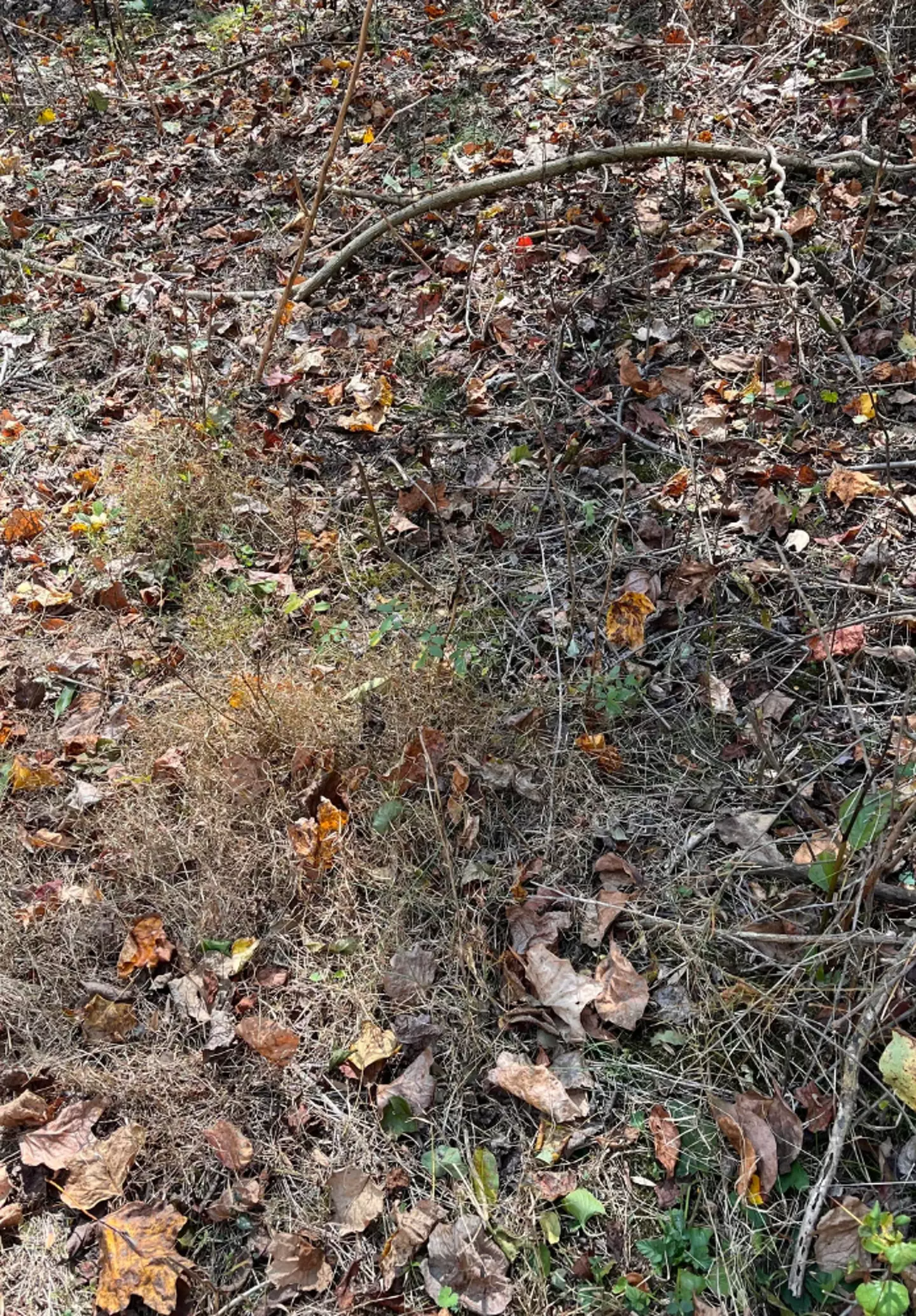
I hope you did better than me here. (Reddit/u/Prize-Technology-811)
There’s been plenty of these challenges posted online for people to test their vision on, but this one might take the proverbial cake for difficulty.
I couldn’t spot the snakes in either picture and other folks giving it a go also struggled.
One said they ‘must be blind’ because they were just not seeing either snake, while another protested that they ‘can’t see s**t’.
“Lord never put me in this situation cause I would be dead,” someone else wrote, but the person who posted the pictures reassured them that these snakes weren’t the kind that could kill you.
A helpful commenter pointed out that the serpent in the first image was a Garter Snake, which is one of the few types of snakes which can be both venomous and poisonous.
However, the poison comes from their diet of eating poisonous creatures and the harm the snakes themselves pose to humans is negligible.
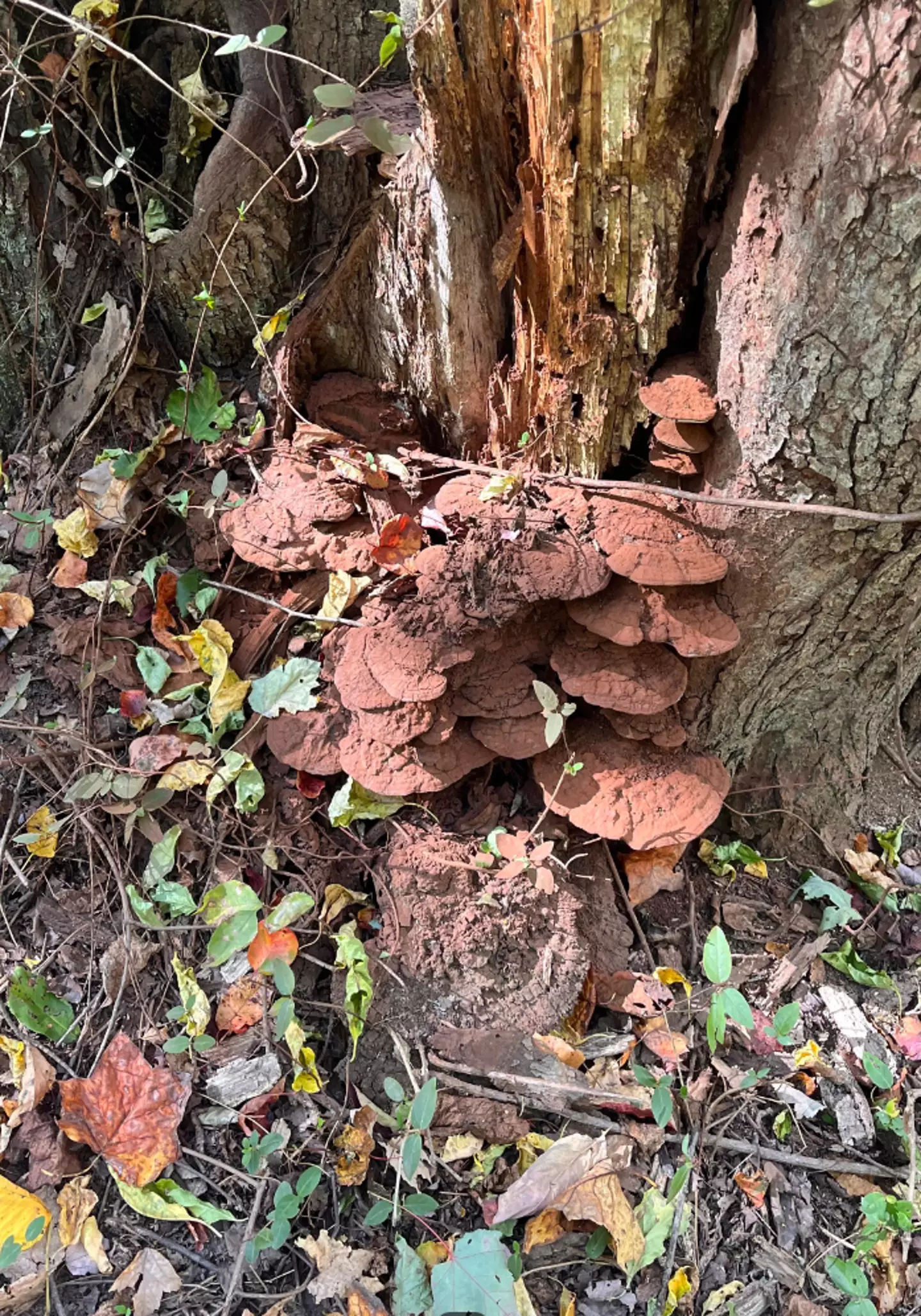
I was still baffled by this one, maybe you’d do better than me. (Reddit/u/Prize-Technology-811)
But if you are struggling, one commenter said that the first snake can be found ‘on the right side of the photo, midway between the top and bottom’, while the second one’s head is ‘sticking out under the upper left clump of brown mushrooms’.
If you can crack these puzzling perspectives, then there are other ‘eyes of a sniper’ challenges for you to try.
There’s a picture of a freezing cold scene with a dog standing somewhere in it where the chilly canine is all but invisible.
Other challenges involve you trying to spot moths and various different kinds of snakes that blend in well with the background.As you can imagine, there are some ‘eyes of a sniper’ challenges which actually involve you trying to spot a sniper.
Even if you can’t see them they can definitely still see you and blast a chunk out of you, so here’s hoping you never find yourself on a battlefield with absolutely no idea where an enemy is.
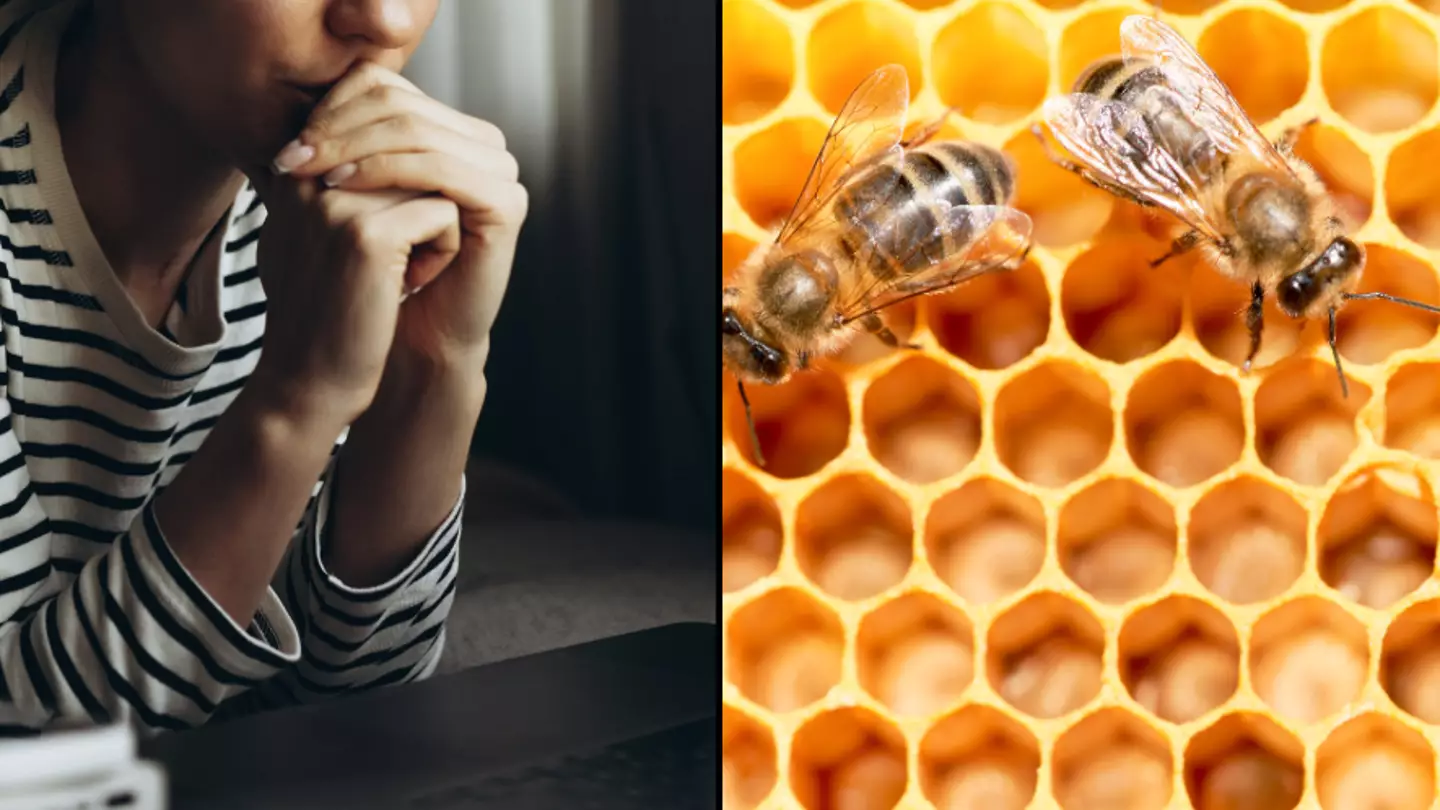
Those who think that they have a certain type of phobia have been urged to take a simple test.
While having a phobia of things such as heights or spiders is arguably pretty common, there are many phobias out there that don’t usually spring to mind.
This certain phobia only surfaced to scientists in 2013, but it is now estimated that 10 percent of people in the world experience it, though those who first identified the condition blame the internet and the power of social media for fuelling it further to the public.
Researchers at the University of Essex found that people were more likely to have the phobia if they heard of the condition online, or perhaps seen it in their sweet treats.
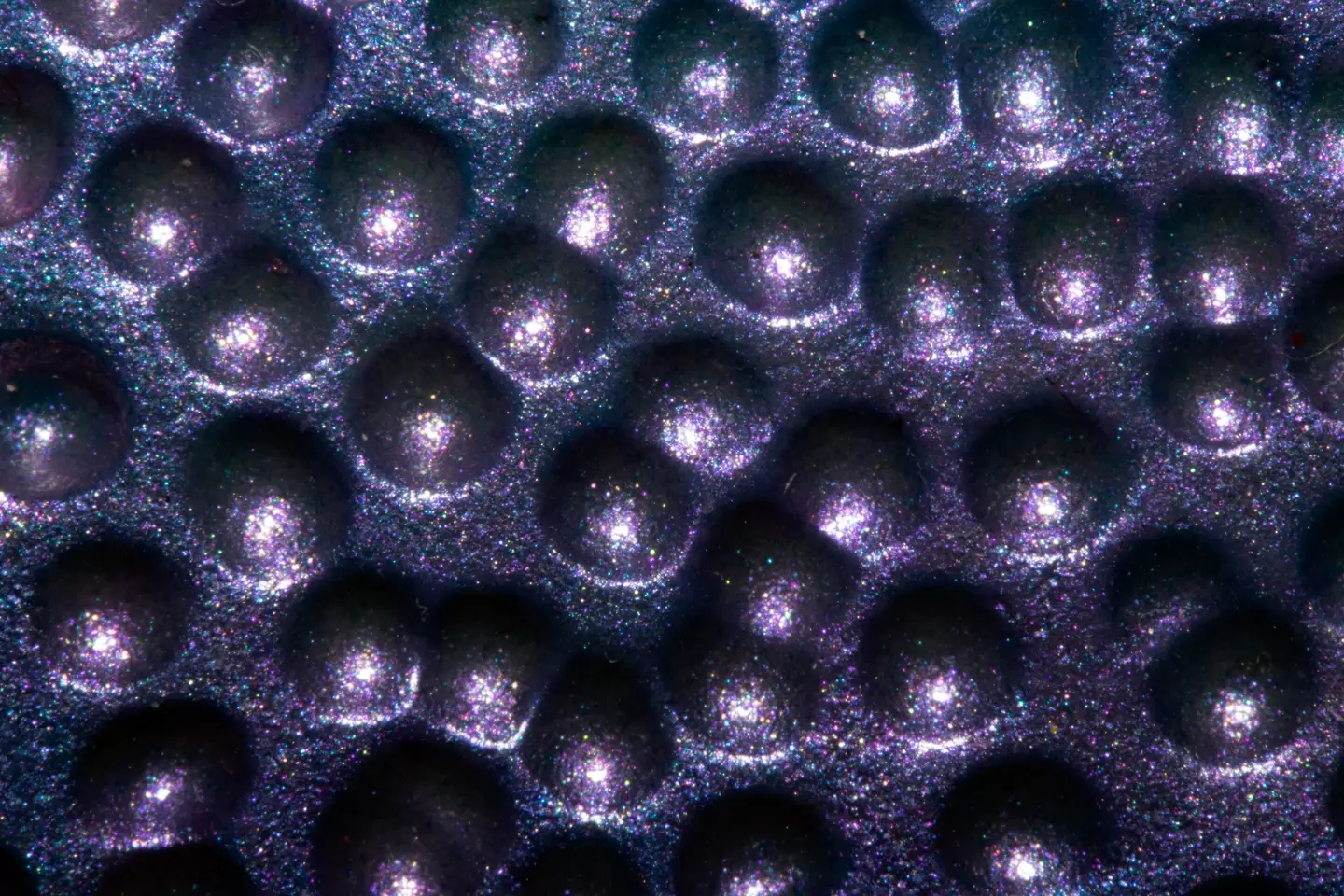
Does this photo make you feel uneasy? (Getty Stock Photo)
The phobia in question is called ‘trypophobia’, and is known as the fear of small holes – if you get the creeps from looking at honeycomb, you could be suffering from this.
Boffins over at the aforementioned university carried out a study surveying 283 people aged between 19 and 22 to check their levels of trypophobia, using a predetermined test.
Participants were shown images of a lotus seed pod and honeycomb, two things that are said to trigger trypophobia.
They were then asked 17 questions of the standard Trypophobia Questionnaire, where they had to rate how strongly they felt different emotions and reactions on a scale from one to five.
Some of these include ‘feel sick or nauseous’, ‘feel skin crawl’ or ‘feel like panicking or screaming’, among others – though the results of a participant feeling like they had the phobia because they had read about it before supports the idea that it’s a socially learned fear.
If you think you might have it, scroll down to take the test.
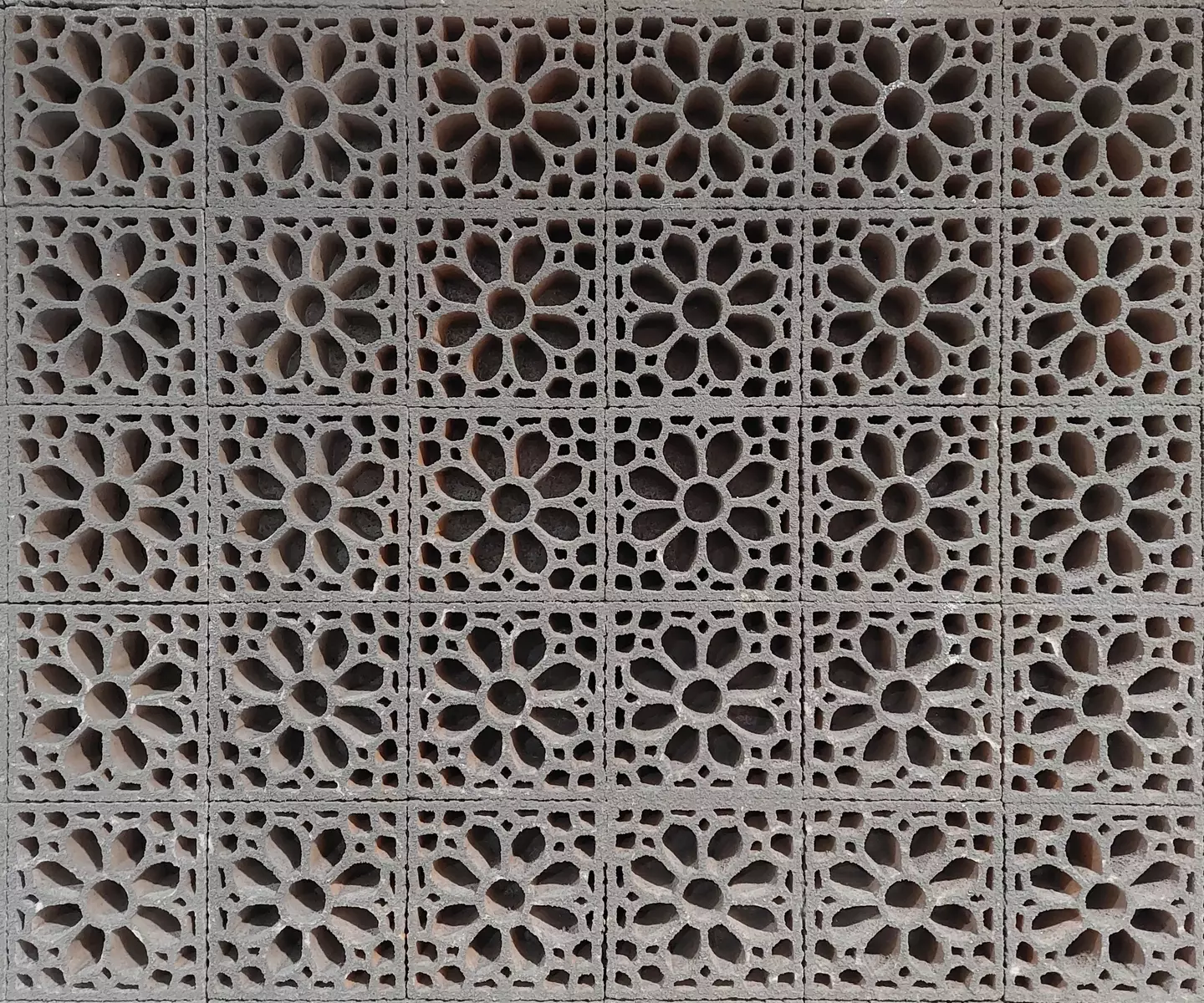
Designs like this can make some people feel uneasy. (Getty Stock Photo)
The name itself was invented on the internet instead of by scientists, and it still isn’t a medically recognised condition, despite being spread through news articles and through online platforms.
Researchers found that aversion to images of holes were more common among women and young people that spend more time on social media.
In fact, 64 percent of participants had heard of trypophobia through the internet.
Lead researcher Dr. Geoff Cole attributes the majority to the internet, revealing that 24 percent of people who had the condition hadn’t heard of it before, meaning that a minority could be getting this fear from elsewhere.
There are three theories suggested behind the phobia:
Aposematism theory – this points out the similarity between hole-y patterns and dangerous animals that sport similar patterns on their bodies.
Pathological theory – this compares it to skin disease, which can cause defects in the skin that look similar to trypophobic patterns.
Vision stress theory – this suggests an evolutionary defence, with trypophobia serving no real purpose, and is caused by the brain being overwhelmed by stimulus.
The brain may struggle to handle these patterns well, causing distress.

Image 1 for the Trypophobia test. (Getty Stock Photo)
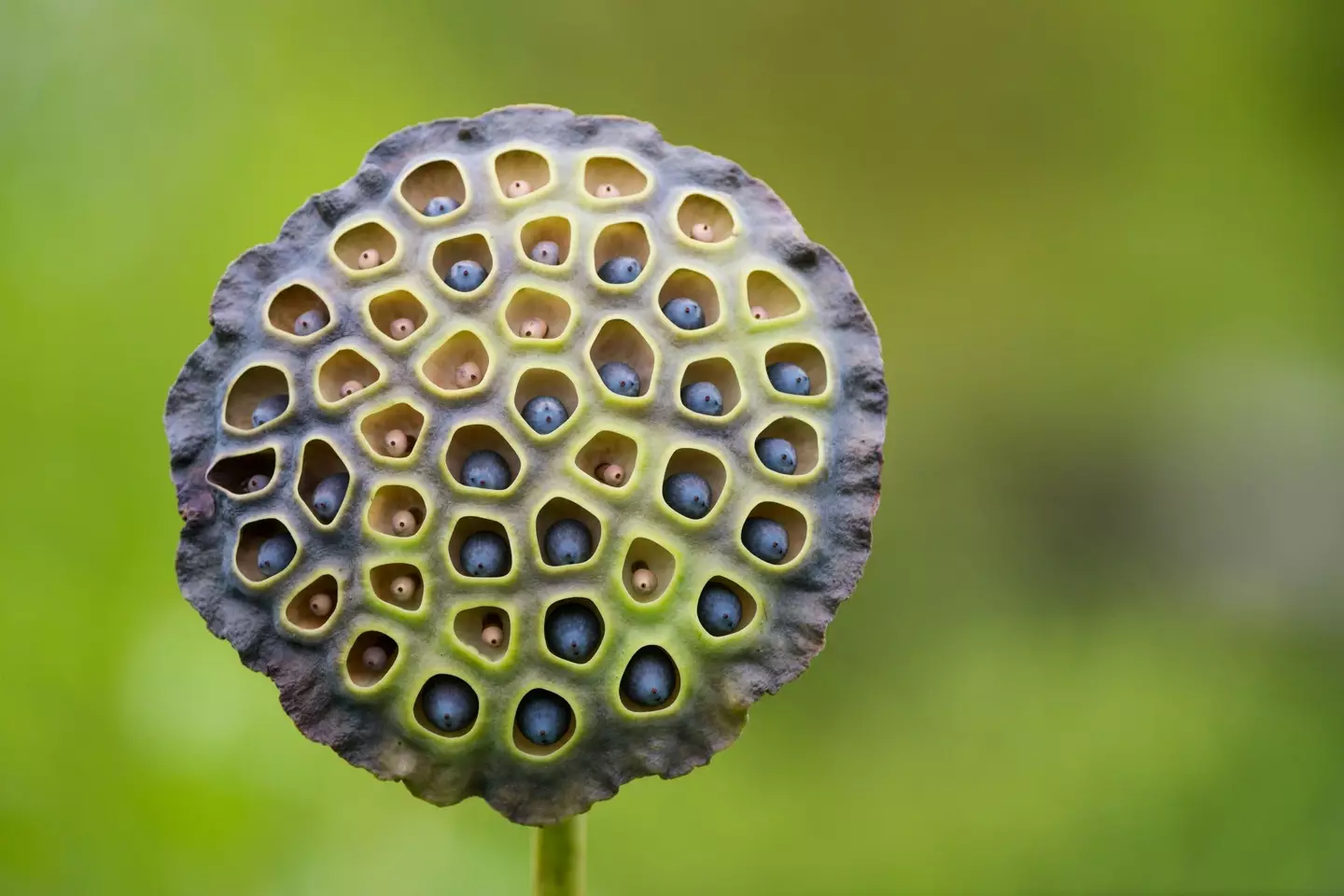
Image 2 for the Trypophobia test. (Getty Stock Photo)
The Trypophobia Test
Look at the two images above of a honeycomb and a lotus seed pod and read through the list of statements below.
Rate the statements from one to five, with one being ‘not at all’ and five being ‘extremely’, and tally up your score at the end.
Though not an official diagnosis, this test can aid research. A score of 31 or more is usually associated with trypophobia.
